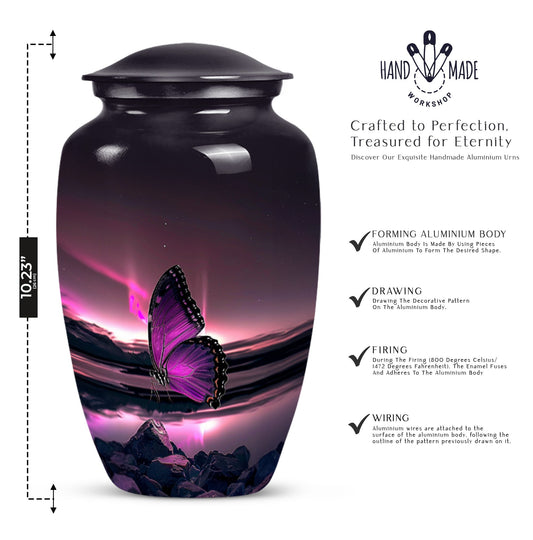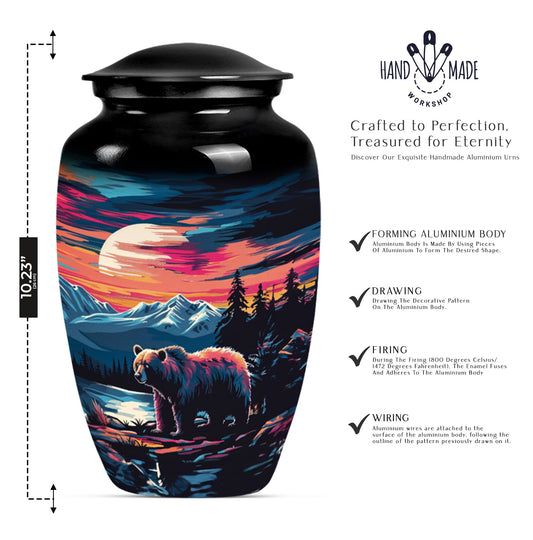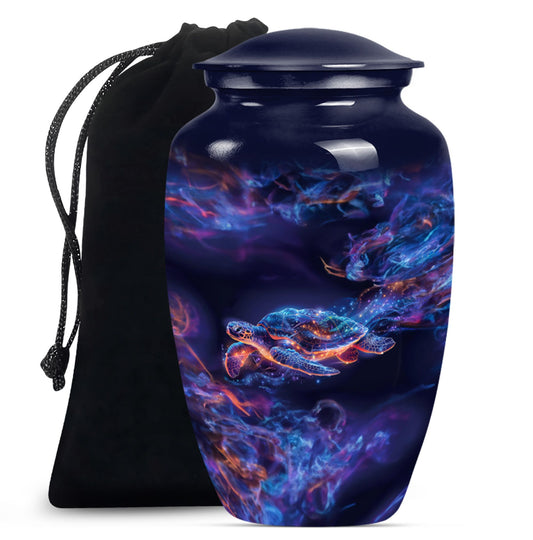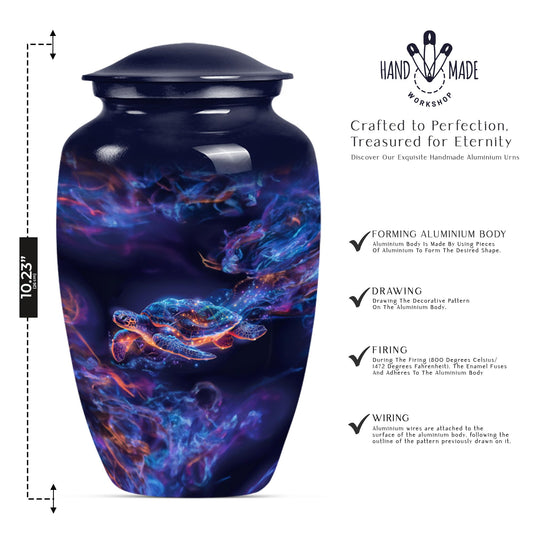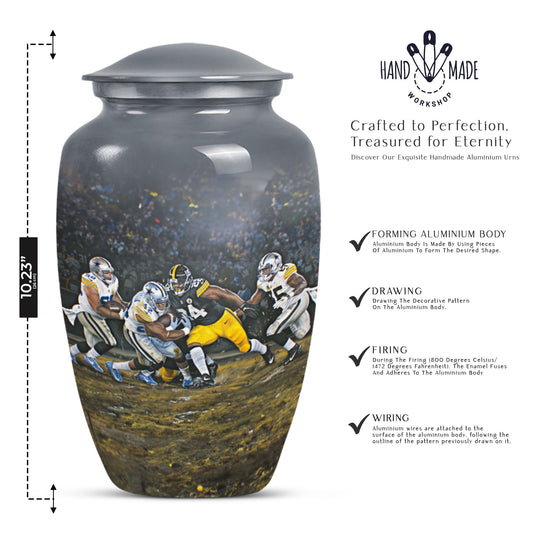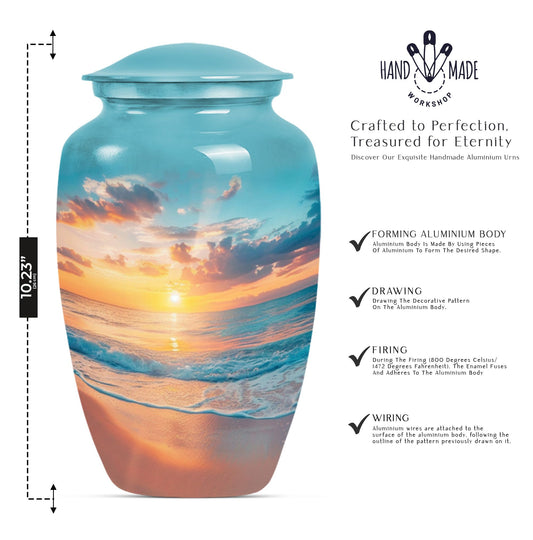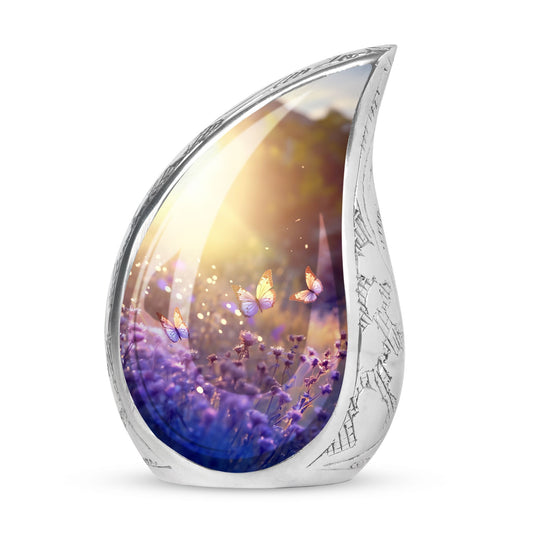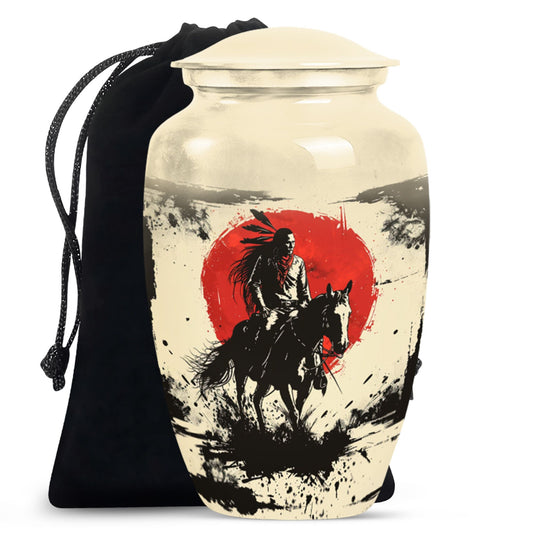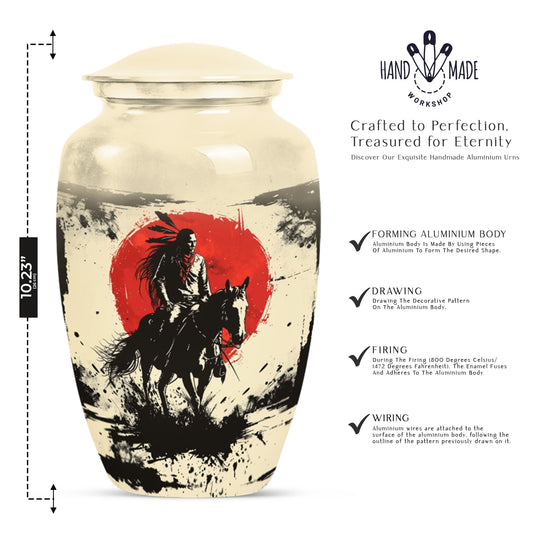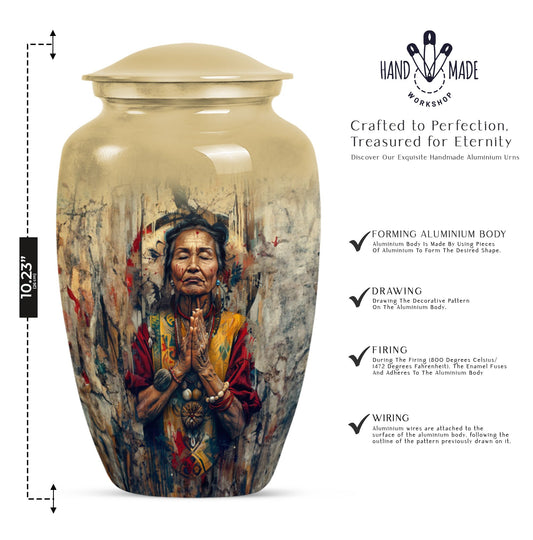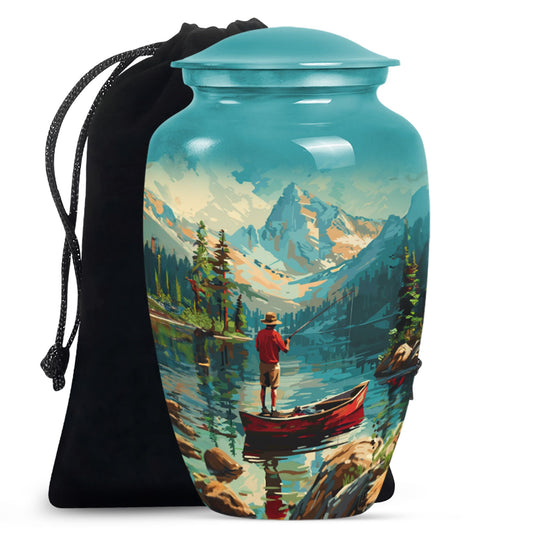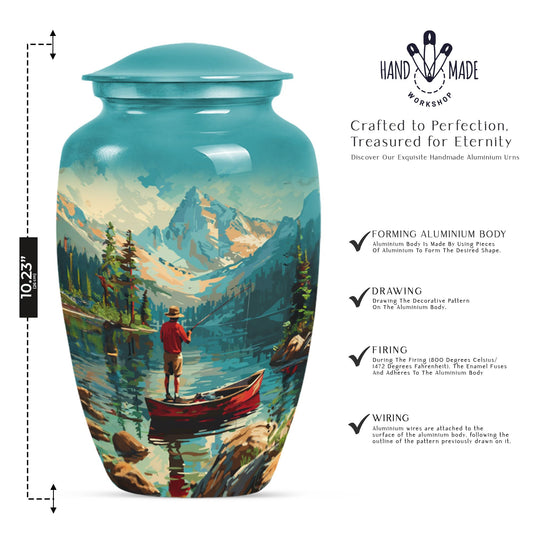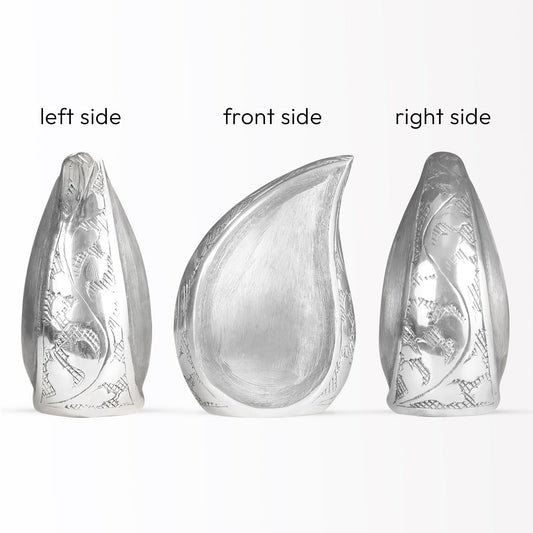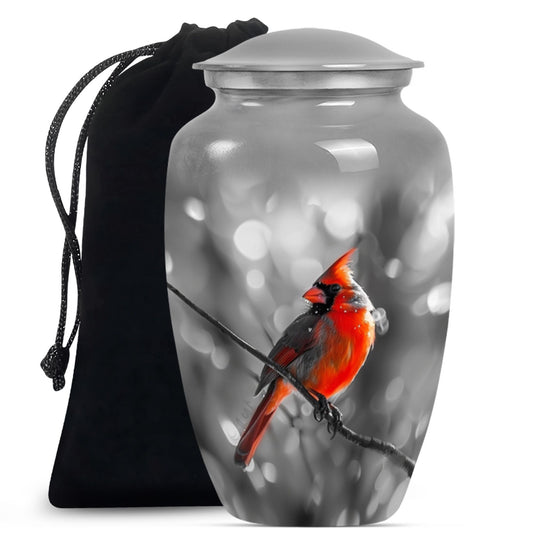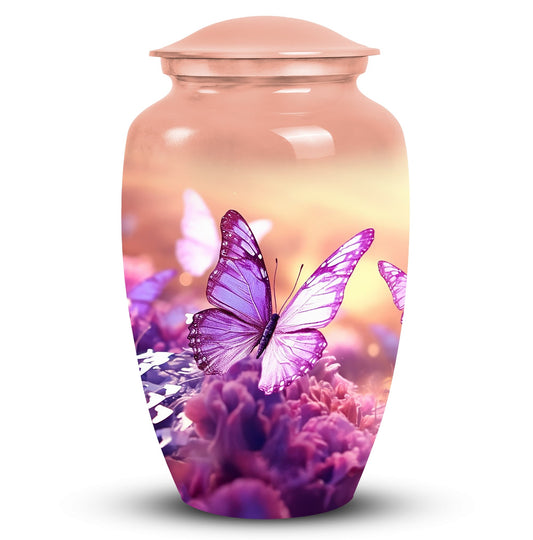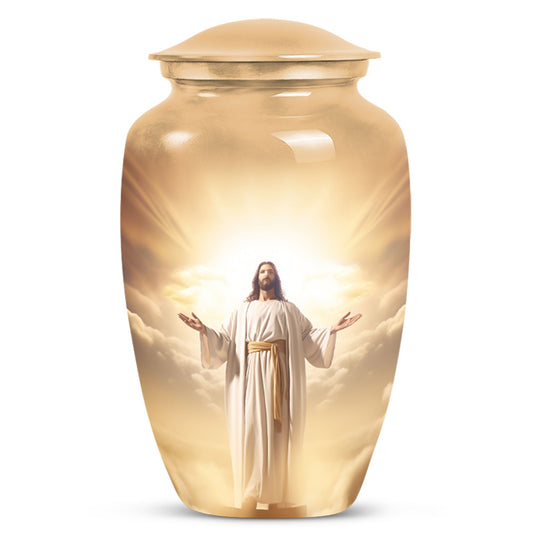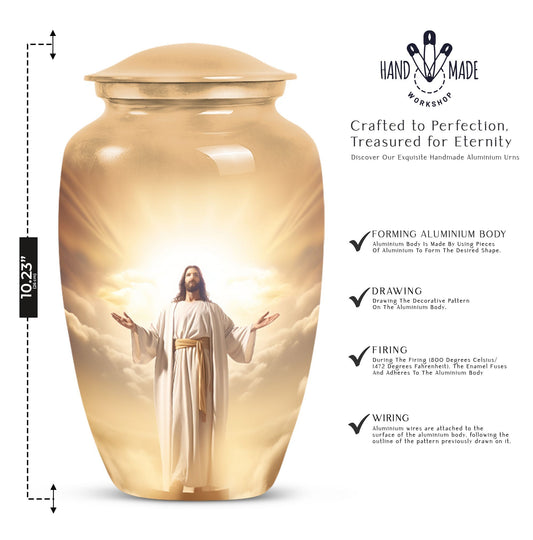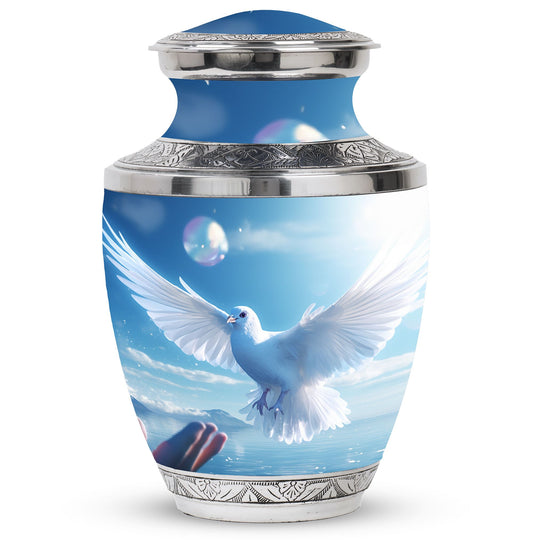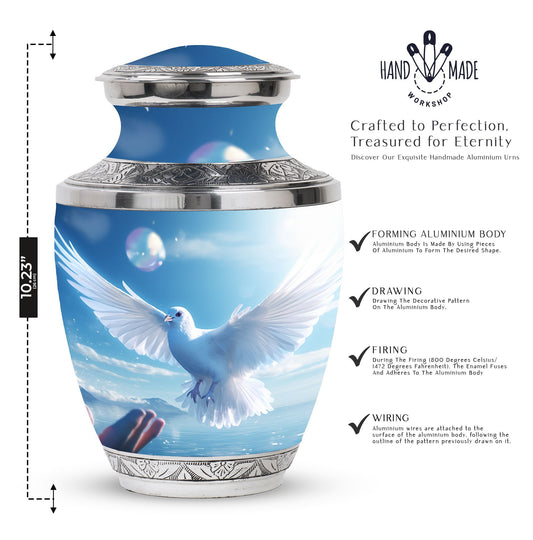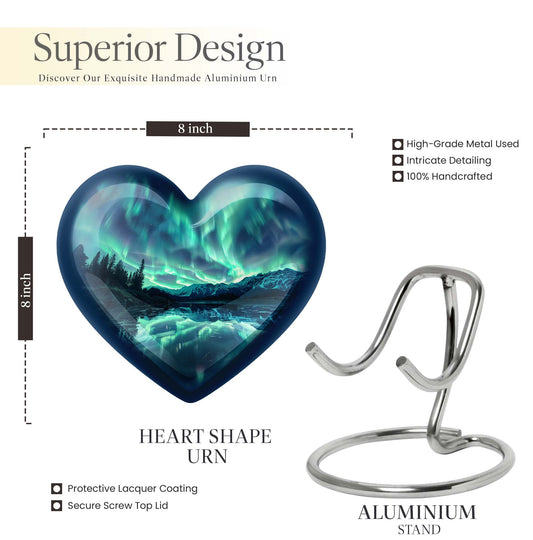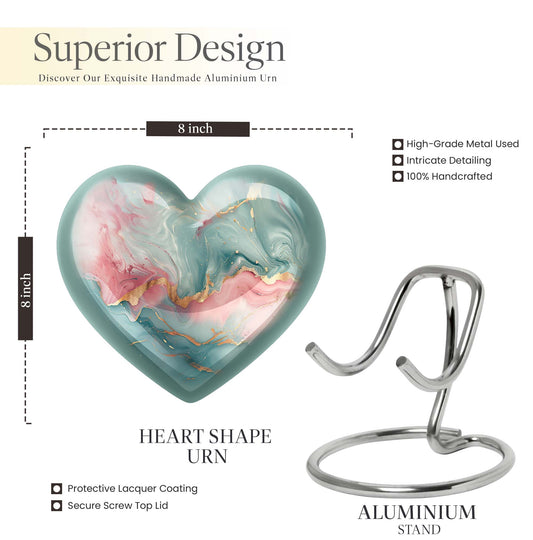Popular Urns
Why Do People Keep Trinkets, Keepsakes, and Mementos?

In a world which zooms along digitally at breakneck speeds, keeping actual keepsakes, trinkets, and mementos almost seems the anachronistic to do. However, there is a lot of more psychological depth given to them by most people. And it is from ticket stubs to heirloom jewels that the things we keep would often represent tangible links which connect memories, people and moments that make us, who we are.
Knowing why people cling to these objects helps one understand the human need for emotional attachment, nostalgia, and security in particular aspects.
Role of Memory and Nostalgia:
Keepsakes serve as memorabilia anchors for people to recall the specific events or relationships of their lives. According to the cognitive psychology point of view, there exists a certain connection between the thing people remember and sensory experience itself.
The smell, feeling, or view of details from something might bring vibrant recollections of the same back about the past very vividly. One gets thrust back into being this little child once again on spending the day with grandmother but reliving memories and then the feelings attached to such memories.
Keepsakes as Identity Markers
The things we hold onto usually tell us who we are and what we value. They're identity markers, reminding us of our life stories, achievements, and relationships. A diploma frame stands for the success of the academic field, while a child's drawing stands for the important role of being a parent. Preserving such things is a way of confirming one's sense of self and continuity through time.

Keepsakes can also be social signals when personal stories are communicated through tangible objects. A collection of concert tickets or memorabilia of travels can be the manifestations of love for music or traveling. Sharing these pieces could be a way of initiation of connections and creating opportunities for storytelling.
Comfort of Tangibility in a Digital Era-
With all the storing and experiencing going on in one's digital life, some physical keepsakes serve as tangible comfort: for so much of our life, the presence of these things and their very tangibility lend an air of permanence to those that have been stored with photos or memories saved instead on the cloud. A thing, if one may touch it, has the pull or hold over us as one does swiping through one's files.
Mementos also serve as an emotional anchor to the person. At times one does feel a sense of loss and grief; holding onto articles of the loved one provides relief. One can keep touching, wearing, or just looking at the memento to keep the person or memory it was to represent closer.

The Psychology of Letting Go:
Keepsakes are so precious that too many may turn into a nuisance. As interest in being minimalist is growing, treasures and clutter can embody an opposite phenomenon. Dropping some things- especially things one identifies with emotional moments-is hard but serves, in the long run, to be a pretty good remedy for the heart.
According to psychologists, mindfulness will be useful while taking a decision to let go of something.
hence, we need to keep in mind that trinkets, keepsakes, and mementos are more than an object; they are a repository of emotion, memory, and identity. In this restless and digital society of today, these things give permanence to life and connect us all. Knowing the psychological impetus behind keeping these items explains their role in preserving our histories.
ALSO READ:


